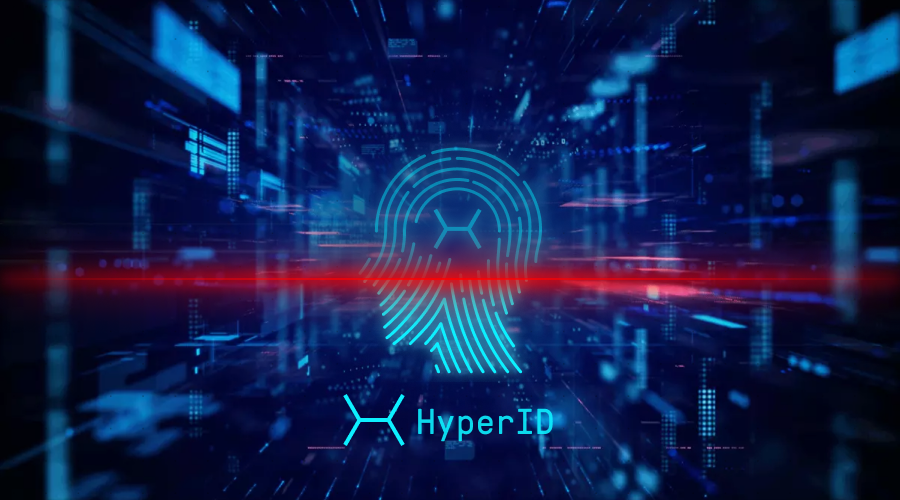
Digital Identity: A New Way to Manage Your Data
Jun 10, 2021
In our previous article, we identified the top three blockchain trends to watch out for in 2021. Besides Decentralized Finance and Enterprise Adoption, we also touched on the topic of Digital Identity. So, in today's article, we'll talk about the latter in more detail. What is digital identity, why is it important, and what are the benefits of using it?
What is Digital Identity and Why Does It Matter
Digital Identity is a compilation of digital data pieces, which contain all sorts of information about you (such a date of birth, age, electronic version of your passport, health records, web activities, personal attributes, and others.)
In fact, we carry our identification everywhere we go, either we go shopping, use a car-sharing service, or open a new bank account. In all of these cases, we are concerned with data protection. Yet, when it comes down to our online identity security, we don't have this matter of our careful attention.
Today large organizations allow you to log on to different systems through their services with a single button (the single sign-on authentication method that lets you log in with one set of credentials). Nevertheless, such convenience comes at a cost; therefore, organizations amass and process behavioral data and other information, for instance, from your shopping accounts. This method, in turn, puts under question the user's privacy.
Unlike centralized identity, where you have different digital identities for the various services, decentralized digital identity permits you to have a single identity for multiple services.
Critical Drivers for Digital Identity Adoption
Decentralized, controlled, and empowered by a user only, the new digital identity system must not only ensure privacy and security, but get data management control back under the user's supervision.
This self-sovereign digital identity model would allow users to keep their different types of credentials in one place and decide which amount of data they prefer to share or not to share with services and applications.
Also, the single digital identity has considerable potential in improving customer experience. Without filling out lengthy forms and undergoing the sign-up procedures, users may register with one click.
The most profound advantages of digital identity are:
- Use of a singular and reliable digital ID.
- Compatibility with international standards.
- More personalized marketing promotions.
- Robust and more secure digital IDs.
HyperID: Ensuring Privacy and Security of Digital Identity
HyperID is a secure identity and access management platform that protects confidential data by leveraging distributed key generation and data storing mechanisms.
Released in 2020, HyperID offers its users a single, secure, and passwordless way to authenticate to any service.
To mitigate potentially malicious operations from third parties, HyperID incorporates biometric verification whenever someone authenticates or performs a necessary action in the account.
The key advantages of HyperID:
- Based on OpenID Connect.
- Device-based authentication.
- Strong cryptographic algorithms.
- Permission and access rights management.
- Decentralized Key Generation (DKG) cryptography.
- Secure data transfer in service-to-service communications.
- Consistent data control across all services and applications.
Summary
The collection of an abundance of data, lack of reliable identity verification mechanisms, and multiple privacy violations and common online security threats have created a need for a new user identity and access management system.
By establishing trust, securing user identity data, and maintaining users’ claims to manage their online personal lives more securely, we finally might see a new milestone in the development of digital identity technology across e-commerce, blockchain, banking, financial, and other fast-growing digital industries.
